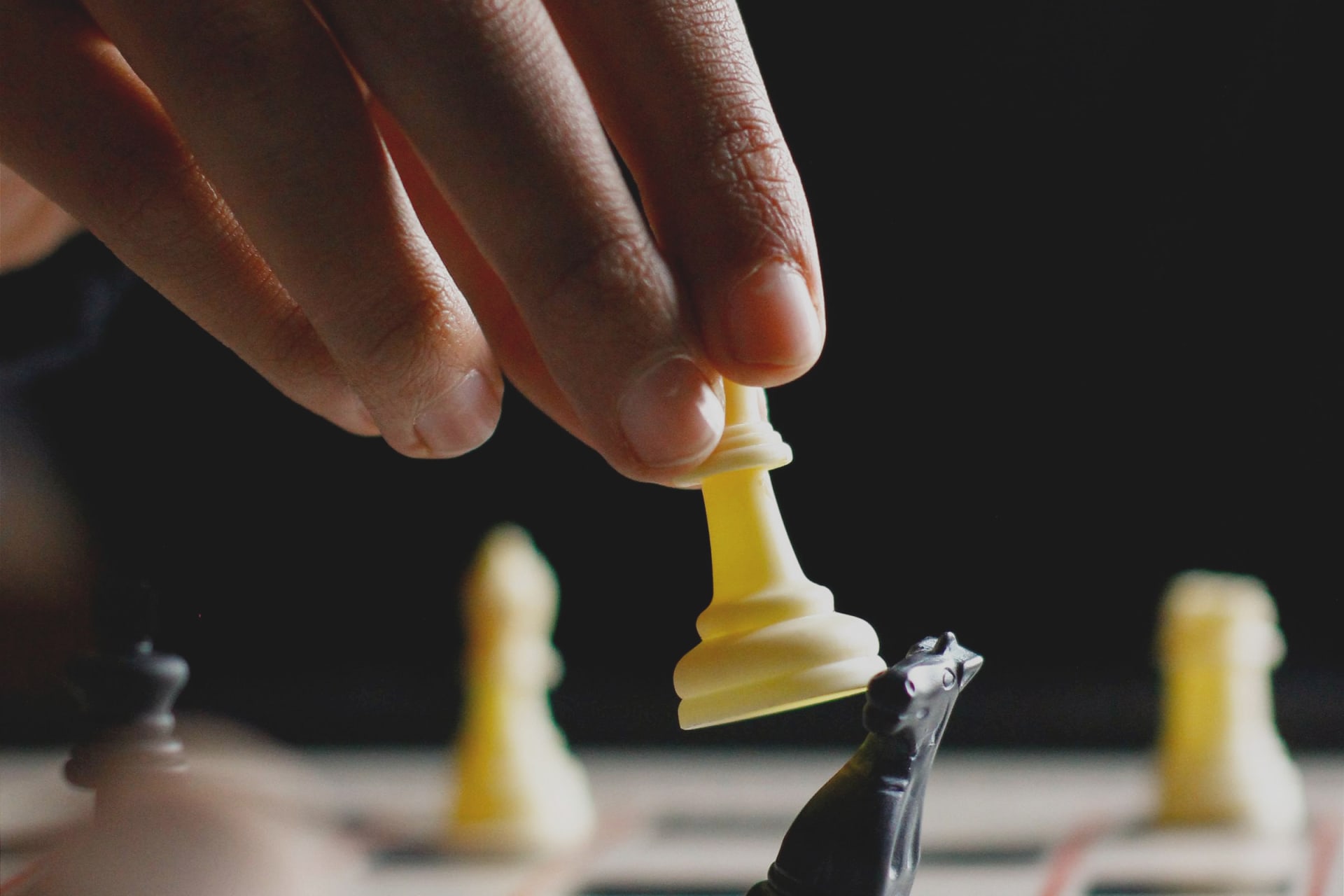You can learn to play chess well if you understand the different phases of the game. The endgame is usually the final stage of the game, when a king or queen exchanges places. The middlegame is usually where you can extend the theory. Understanding piece values is essential when learning to play chess well. In addition to piece values, you need to know how the pieces work and how the pieces can be used to your advantage.
Defending your King in chess
While the king is one of the most powerful pieces in chess, it can only move one step each turn. It can also attack, but only if it has not been defended. This makes defending it a crucial part of the game. While two kings are never able to attack each other, they can attack each other’s pieces. The key to winning the game is to know when to protect your king.
While the king is an important piece, it can be attacked from all directions, so it is important to keep it castled. Defending your king in the center of the board can be risky, and an opponent’s pieces can trap it, but if you castle your king and control the center, it will be harder for your opponent to attack it. You can also take advantage of other pieces that are on the board to help defend your king.
Defending a piece in chess is important for all pieces. Some pieces may require multiple defenders, so be sure to protect your King in a balanced manner. Another key to defending a piece is to protect the square it is on. If the opposing piece is on one of these squares, you’ll be at a disadvantage and can lose your game. To protect your King, you must find a defender who can shield the piece from attack.
Another important strategy for defending your king is to play a tempo-move. By placing a tempo-move, you can force your opponent to defend its king. This is a powerful threat, but it must be used carefully. Your opponent can use tempo-moves to bait you into a bad defensive position. For example, if you are defending the king’s pawn, you must avoid pushing it to f3 or f4.
Defending your king in the middlegame
Defending your king is a vital skill to develop when you learn to play chess. A good defensive strategy can prevent your opponent from getting a strong position against your king. This type of play is known as prophylaxis, which means defending your pieces from being attacked. While time is less of a concern in a static middlegame, it is still important to make sure your pieces are protected from being attacked.
Defending your king in the middle game is not as easy as it may seem. There are many factors that determine the type of middlegame you will face. One of these is the pawn structure. Often, a well-timed attack on your opponent’s pieces will lead to checkmate long before the endgame. This strategy requires you to have an idea of your opponent’s piece structure in order to make the right moves.
Another important skill is to study typical middlegame plans. While this may seem like a lot of work, it will pay off in the long run. This way, you can be more effective when faced with a position that you’re unfamiliar with. Once you have an idea of what to expect from your opponent, you can evaluate the situation and come up with the proper plan to protect your king. IM Szabo also provides an extensive set of video lessons, which are split up into 16 chapters.
Defending your king is one of the most important aspects of the game, and it is crucial to learn how to protect it. While your ultimate goal in chess is to checkmate your opponent, it is equally important to protect your king, as it is crucial to protect it from any threats. The middle game of a chess game can take up to 40 moves, and many pieces and pawns will change hands during this period.
Defending your king in the endgame
Defending your king is a critical strategy in the endgame, where you want to prevent your opponent from checkmating your king. You should position your king in a central location so that it can reach both sides of the board. This will protect it from long-range operators. As a defender, you must keep pawns and minor pieces away from your king. This will help you maintain a position even if you are attacked.
The endgame is an important part of the game. The king is the most valuable piece on the board, and the goal is to protect it from the attack of your opponent’s king. The endgame is often difficult to define, but it’s important to remember that your king should be protected at all times. In addition, you should avoid making a sudden move that can cause your opponent’s king to fall.
In the endgame, a material advantage is important, but it does not guarantee a win. You can also fail to build sweeping force, which can result in a defeat. This may occur when your opponent has superior pawn structure and level of mobilization. To avoid this, you should find a balance between defense and pressing impediment. This way, you can avoid losing your king or your queen.
Defending your king is a crucial skill to develop when learning to play chess. Your king must protect the pawns in the endgame, otherwise, it will fall to the attacking king. Defending your king is the key to retaining the draw. Once you have developed these skills, you will be better prepared to defend your king in the endgame.
While the endgame may sound complex, it is crucial to understand the strategy that works for you. The endgame is a critical phase in chess, where you can make or break the game. Developing this skill requires practice and careful study. The more practice you put into the endgame, the more effective it will become. By taking a closer look at the endgame, you can improve your chances of a win and make the game more interesting.
Defending your king in stalemate
Defending your king in stagnation is an important part of the game, especially when you are learning to play chess. A stalemate occurs when one of the players is unable to make any legal moves or move his king to a safe square. During this situation, you must think about what your opponent could do to gain an advantage, as well as observe your own options and your opponent’s moves.
Many chess games involve a stalemate, but this is not the only example of it. A good illustration is a World Chess Championship game, Anand – Kramnik, Mexico 2007. Although theoretically, the stronger side usually wins, there are certain ideas that will help you defend your king in stalemate. One such idea is the second rank defense. In this position, White places his rook on the second rank. If Black threatens mate, White will sacrifice his rook on the second rank. After White’s rook is moved to the second rank, Black will be unable to attack or capture it. In this position, White can capture the king and secure the draw by playing 1.Rg6+ and Black can’t capture it.
The aim of chess is to checkmate your opponent’s King, and if you do, you win the game. Sometimes, however, a game ends in a stalemate – where neither player has any legal moves – or a dead position, which leaves you with only your king. If you are defending your king in a stalemate, it is imperative to protect your king and if you are unable to do so, you may have to sacrifice your king, which is a potentially disastrous move for you.
Once you have managed to win the stalemate, your next goal is to attack the enemy’s king. Remember that your king can only attack an enemy piece if it is adjacent to your own. However, if you’re able to defend your king in a stalemate, you can actively aim for a draw. By studying theoretical endgames, you can actively attack your enemy’s king in a winning position.

